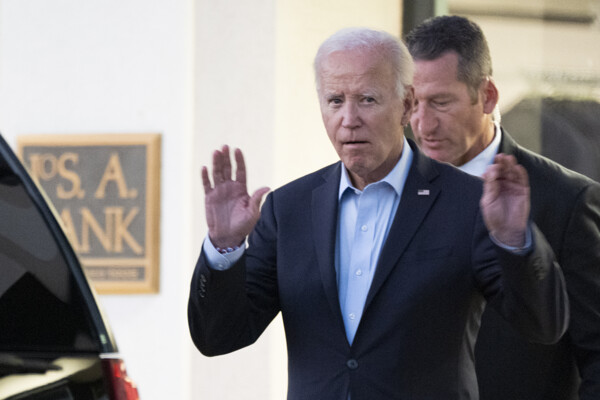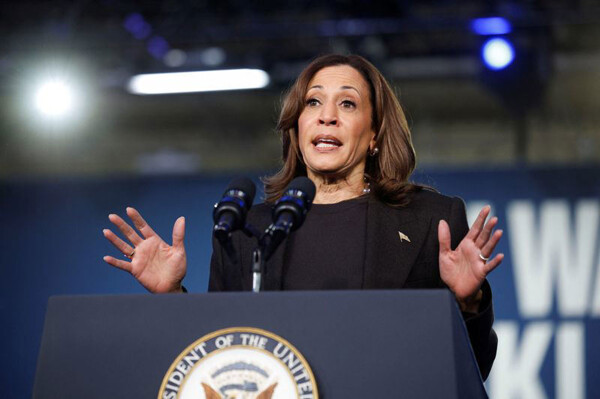
State judges in the United States are appointed through various administrative processes, depending on the type of court. Samuel Estreicher, a law professor at New York University, explained: "Other judges, such as bankruptcy judges, administrative law judges, and magistrate judges, are governed by various administrative processes."
According to a study published by the University of Chicago, state judges attain their positions through a variety of selection methods. In 27 states, the selection falls to the governors, while in two states, it is the state legislatures that appoint judges. In 14 entities, nonpartisan elections are used to select judges in their first term, allowing the public to vote without knowing the candidates' political affiliation.
In the United States, 7 states elect state judges through partisan elections, where the ballot shows the candidate's party affiliation. To continue in office, 18 states use non-competitive retention elections, 13 conduct nonpartisan elections, and 5 states opt for partisan elections.
At the federal level, Article III judges of the Constitution, such as those of the Supreme Court, the courts of appeals, and district court judges, are nominated by the President of the United States and confirmed by the Senate. These judges have a lifetime appointment and their nomination is a completely different federal process than that of state judges.
The President of Mexico, Claudia Sheinbaum, generated controversy by stating that in some states of the United States, judges are elected by political party, which is considered misleading since the selection of judges in the U.S. is more complex and varies by level of court. The judicial reform proposed by Andrés Manuel López Obrador aims to allow judges, ministers, and magistrates in Mexico to be elected by popular vote.
In summary, in the United States, 38 states use some type of election to appoint or retain judges of the supreme court, while in the remaining states, re-election depends on the governor, the state legislature, a nominations commission, or a mixed approach.














